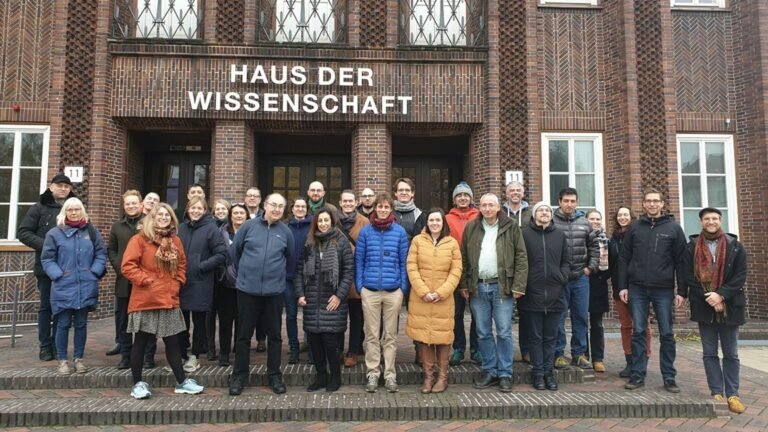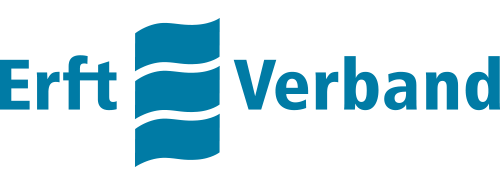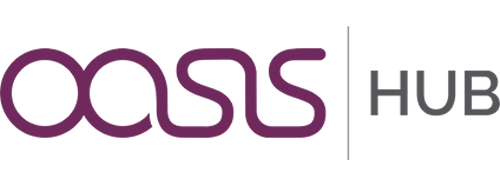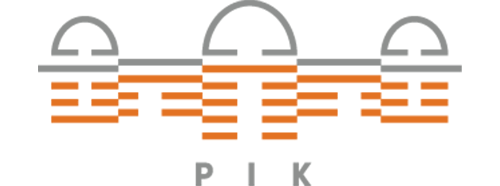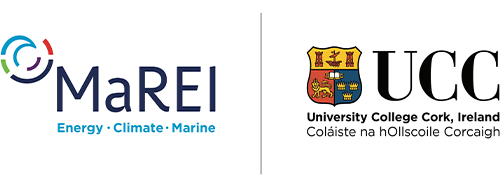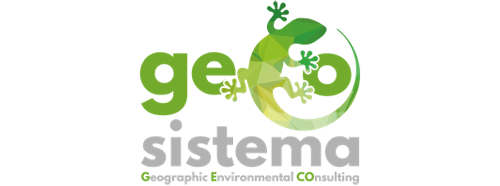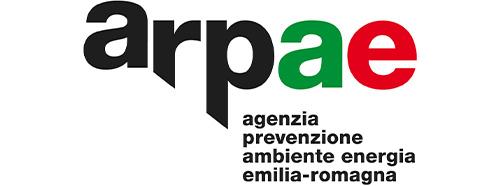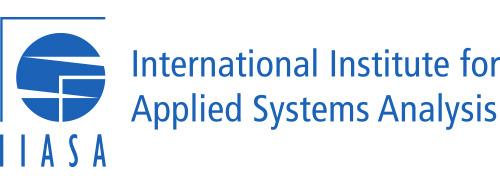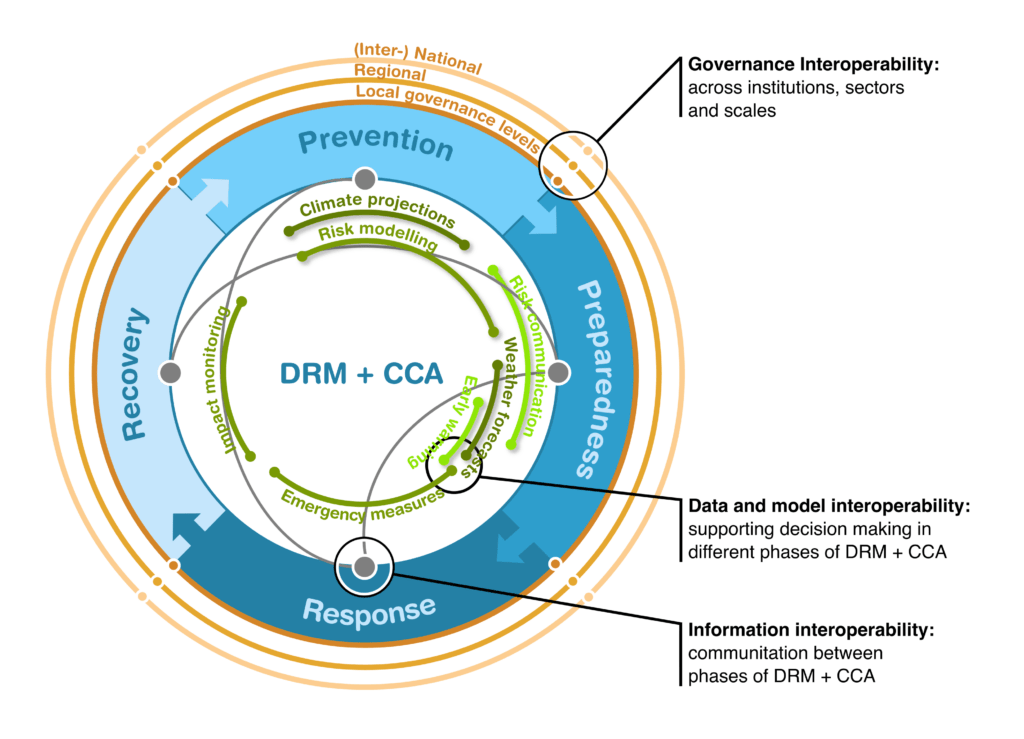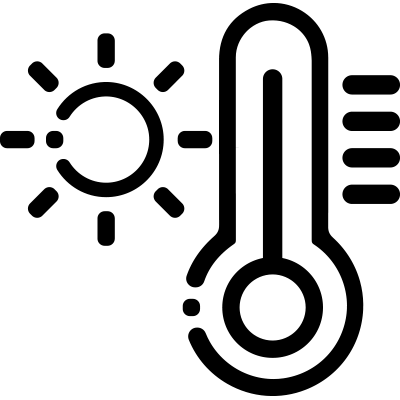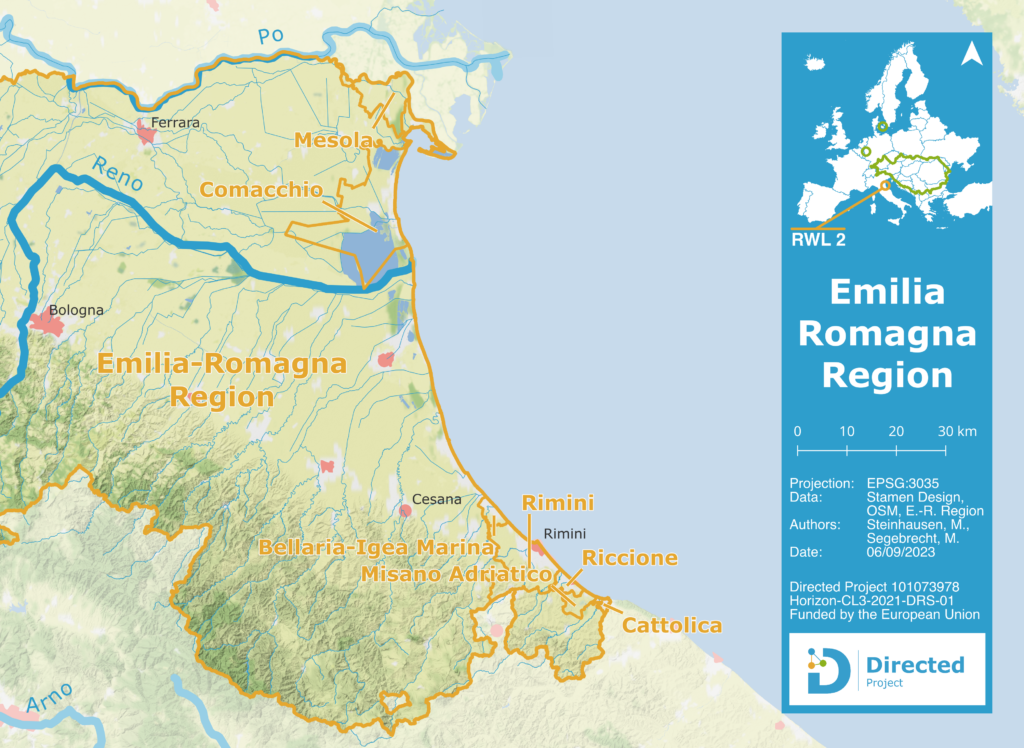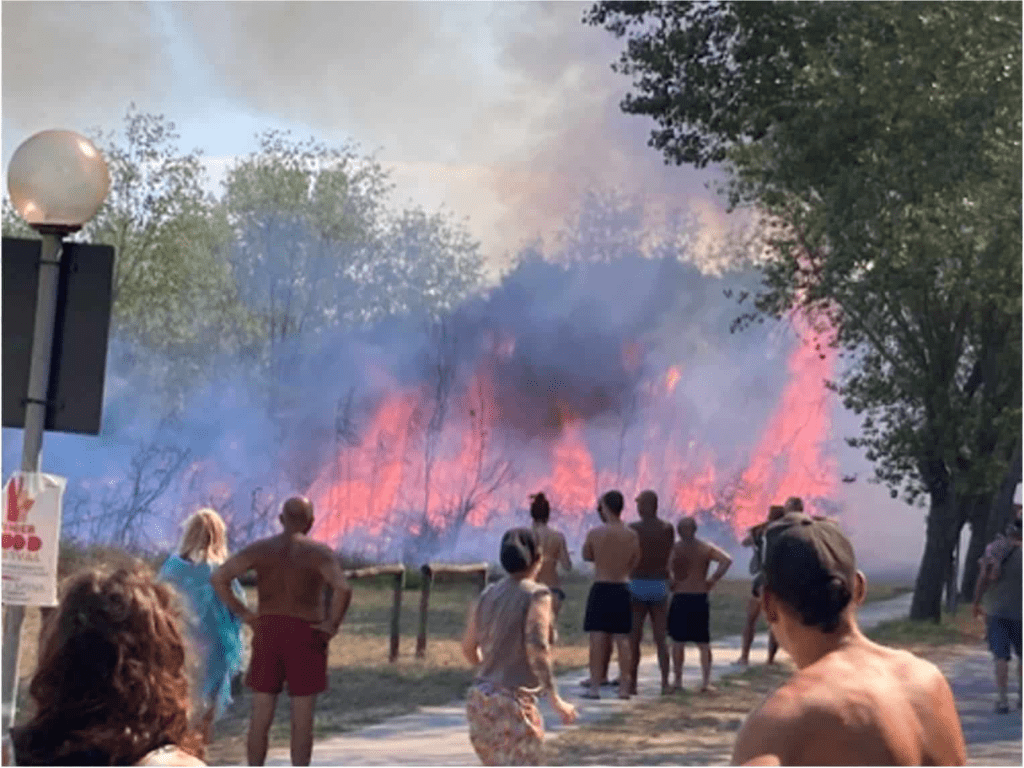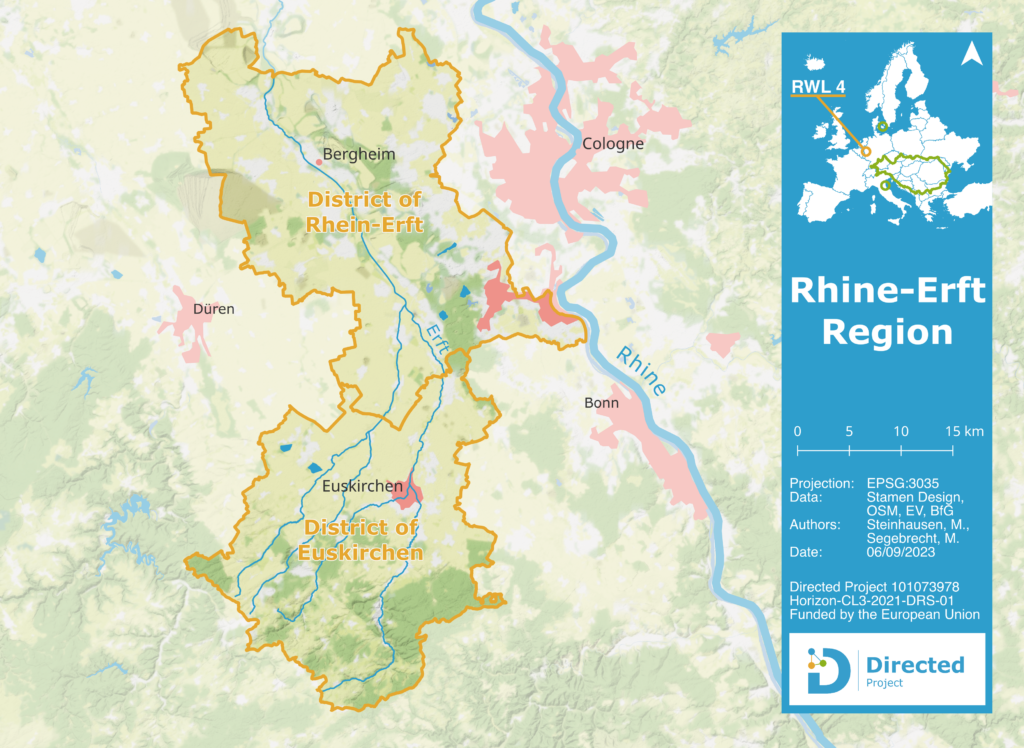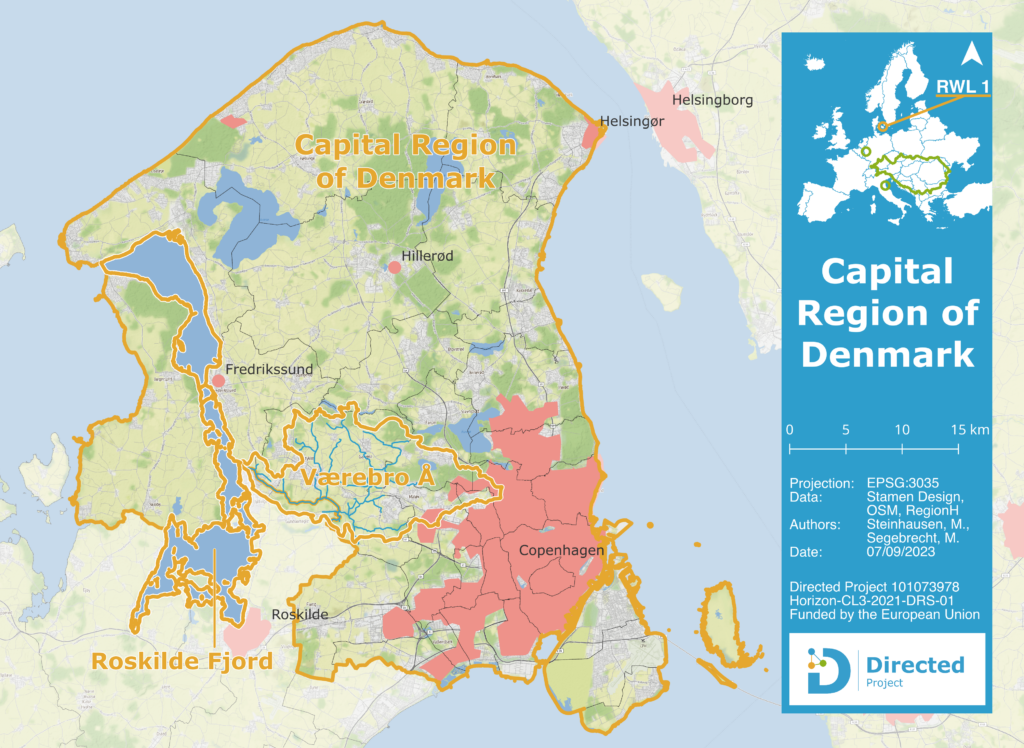PROJECT MISSION
Leverage synergies, combine efforts and reduce the fragmentation within DRR and CCA domains, including addressing multi-level governance and different spatial and temporal scales.
Promote multi-risk thinking, by means of a novel transdisciplinary multi-risk governance framework related to climate extremes (RISK-TANDEM) aimed at assessing, evaluating, managing and communicating multi-hazard, multi-risk issues in close collaboration with engaged stakeholders, practitioners and concerned citizens.
Exploit the power of open data and open science, improving capabilities (e.g. using a flexible Data Fabric architecture) to make use of scattered information for more effective decisions, including knowledge and tools developed within past, present and future research and innovation initiatives.
REAL WORLD LABS
ABOUT US
New Horizon Europe Project, set to improve climate disaster risk management across multiple civil authorities and first responders in Europe
Summary points:
€5.2 Million Horizon Europe Project (Directed) aims to improve the interoperability of multiple European climate risk assessment and planning tools and bring them together in a manageable system (a data fabric) that enables better disaster risk assessment and management by European disaster protection authorities and first responders.
Using ‘Real World Labs’ to critically analyse and improve current work-flows and governance linked to disaster risk management and disaster risk reduction.
Promoting a multi-risk perspective on climate change adaptation by considering the impacts of floods, droughts, heatwaves, forest fires and storms.
